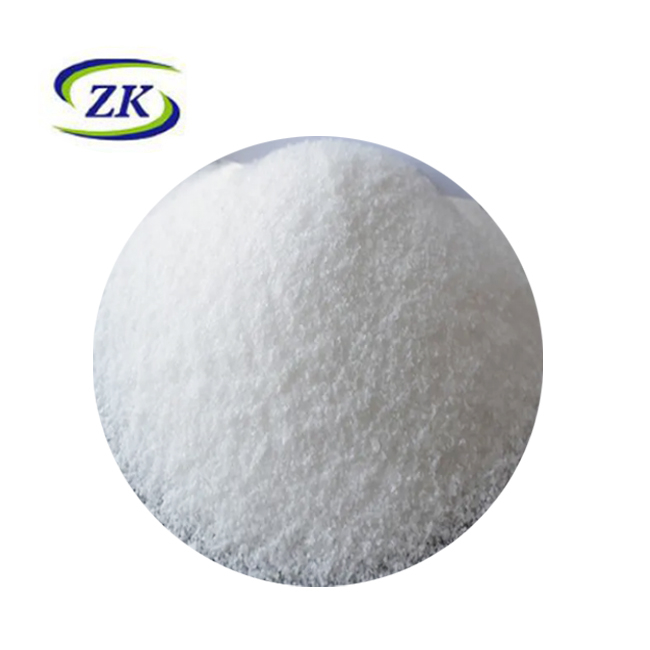Send your message to this supplier


Polyacrylamide for aquaculture wastewater treatment

Livestock and poultry industry is an important part of agriculture and rural economy, and the environmental pollution problem brought about by vigorous development of livestock and poultry breeding industry is becoming more and more serious. At present, the amount of aquaculture wastewater discharged from large-scale farms across the country is large and concentrated every day, and the wastewater contains a large number of pollutants, such as CODcr, ammonia nitrogen, heavy metals, residual veterinary drugs and a large number of pathogens. Serious pollution, its main hazards are as follows.
1 Hazards to water bodies
Aquaculture wastewater has the typical characteristics of "three highs", high CODcr, high ammonia nitrogen, and high SS. It belongs to high-concentration organic wastewater containing a large number of pathogens. After a large amount of organic matter enters the water body, the decomposition of organic matter will consume a large amount of dissolved oxygen in the water. The water body stinks, resulting in the death of a large number of aquatic organisms; nitrogen and phosphorus can make the water body eutrophic.
2 Hazards to the atmospheric environment
The livestock and poultry breeding wastewater will produce a large amount of odorous gases such as NH3 and H2S under anaerobic conditions, and these odorous gases will affect and endanger the health of the breeders and surrounding residents.
3 Harm to farmland and crops
Aquaculture wastewater contains a lot of nutrients such as nitrogen, phosphorus and potassium. If it is applied directly, continuously and excessively without any treatment, it will cause adverse effects on the growth of soil and crops, such as reducing crop yield and delaying maturity. period, affecting the production of subsequent crops, etc.
No matter what comprehensive measures are adopted for the treatment of aquaculture wastewater, solid-liquid separation must be carried out first. At present, my country has mature solid-liquid separation technology and corresponding equipment, the main types of equipment are screen type, horizontal centrifuge, filter press and so on. From the perspective of treatment technology, the anaerobic process is indispensable to achieve the effect of removing nitrogen and phosphorus while removing CODcr and BOD5.
As for what kind of polyaluminum chloride and polyacrylamide are used for aquaculture wastewater, we, as a polyacrylamide and polyaluminum chloride manufacturer, have done many experiments and obtained the following content for your reference!
The sewage sample is aquaculture sewage, the pH value of 6.5-7 is neutral, the organic matter in the water quality is high, and the content of heavy metal substances is low. The chromaticity of the sewage sample is larger, and the suspended solids in the water quality are less.
Test 1: Add 10 ml of polyaluminum chloride to 300 ml of sewage to produce smaller flocs. After adding 4 ml of anionic polyacrylamide, stir evenly, the flocs do not change much, the precipitation effect is better, and the color of the water changes slightly .
Suggestion: Anionic polyacrylamide has a general flocculation effect and a general decolorization effect, so it is not recommended to use it.
Test 2: Add 10 ml of polyaluminum chloride to 300 ml of sewage to produce smaller flocs, and after adding 4 ml of cationic polyacrylamide, stir evenly, the flocs change greatly, the floc particles are larger, the agglomeration is better, and the precipitation The speed is fast, the color of the water quality drops by nearly 60%-75%, the odor is reduced by nearly 80%, and the upper layer of clear water is greatly improved, but the appearance is slightly pale yellow. The COD60 mg/L -110 mg/L of the upper clear water all meet the national sewage discharge standard.
The manufacturer recommends aquaculture wastewater treatment: use polyaluminum chloride with a content of 28% or 30% (the higher the content, the lower the color after treatment), and the cationic polyacrylamide with an ionicity of 30% and a molecular weight of 12 million as a flocculant and sludge dewatering agent use.
Send your message to this supplier
|
PRODUCTS Polyacrylamide Poly Aluminium Chlori Defluorination agent Ferric |
VISIT THE FACTORY |
NEWS TRADE NEWS COMPANY NEWS |
SERVICE Related services Toxic Effects |
CONTACT US CONTACT MESSAGE |
CUSTOMER CASE |
COPYRIGHT © 2016 Zhengzhou Zikun Environmental Protection Technology Co., Ltd. ALL RIGHT RESERVED. |
SITEMAP | CUSTOMER FEEDBACK | CONTACT | |